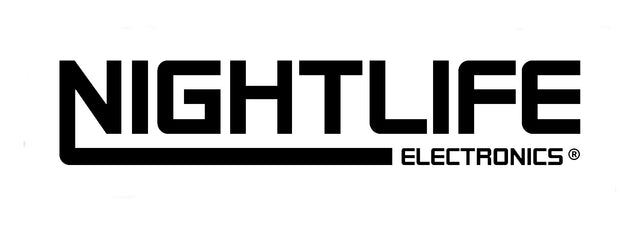Regular price
CAD$85.00
Sale price
CAD$90.00
Nonexistent Coils send and receive audio signals through space.
The best way to understand how they work is to plug a sound source into one, and another into speakers. When close together, the coils pass a signal at full volume. Move them apart and the volume drops until they’re out of range. This simple effect lets you mix, fade, route and manipulate audio any way you like. Get a bunch of them together to build more capable systems, and reconfigure them whenever you want.
They’re designed to be held, stacked, tiled or bolted to things. They can be mounted seamlessly on standard pegboard and work with most camera hardware that uses standard ¼”-20 bolts.
Some of the systems you can build with coils:
Mixing/routing
Plug any number of sound sources into coils and pick them up with other coils.
Set up a stereo pair, fx send or multi-channel speaker layout and throw sound around.
Sound design
Drive the signal going into a coil to add warm electromagnetic saturation to the sound.
Pick up magnetic fields from objects around you, such as motors, permanent magnets, or your phone speaker.
Electromagnetic feedback oscillator
Configure two coils and a preamp into a feedback loop and move them together to generate a stable feedback tone. Move them closer to lower the pitch. Play this like a theremin or set up multiple feedback pairs for more voices.
Dynamics
Coils don't send or receive CV, but they are affected by it.
If CV is mixed with audio going into the coil, it can dampen the output. This can act somewhat like a compressor or noise gate.
Coils can also be used with envelope followers to add gestural control to a signal chain.
**THIS LISTING IS FOR INDIVIDUAL COILS. YOU CAN PURCHASE A SET OF FOUR HERE**

